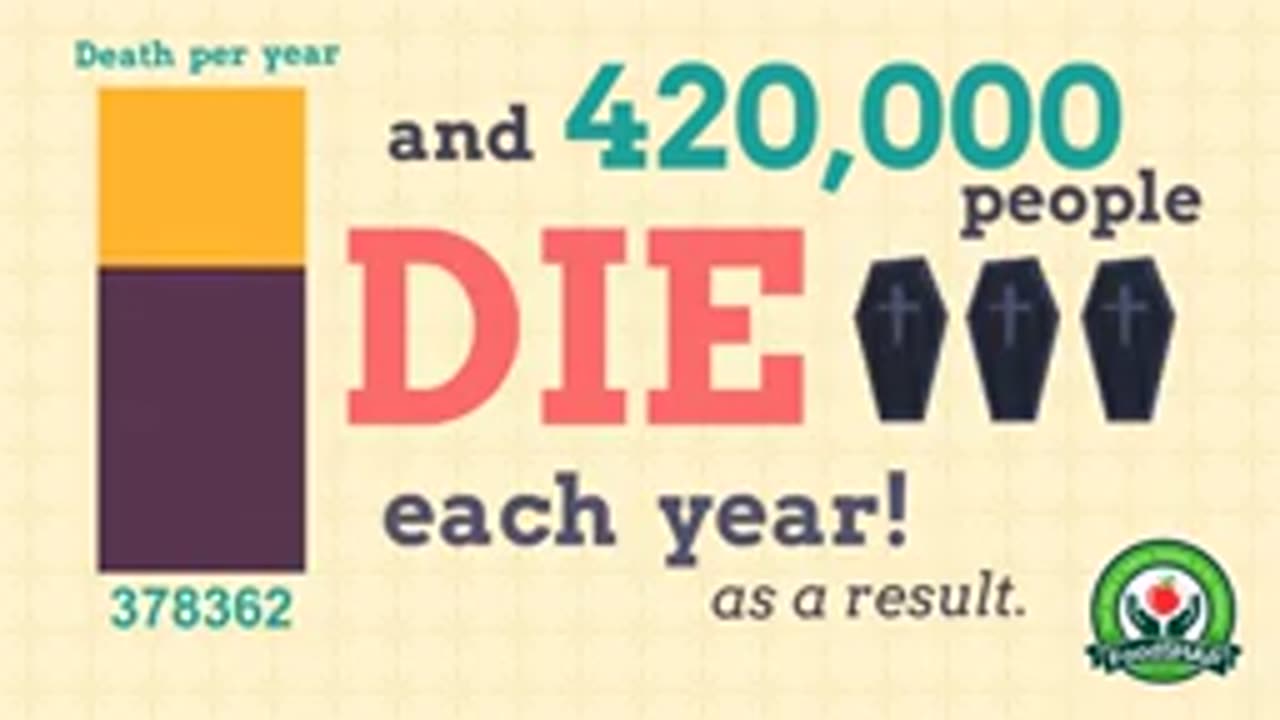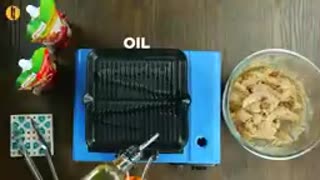Premium Only Content

5 Keys to Food Safety __ Have a Safe Meal
### **5 Keys to Food Safety: Have a Safe Meal**
To ensure a safe and enjoyable meal, it's important to follow food safety guidelines at every step of food preparation. Here are the **5 Key Principles** to food safety that will help you minimize the risk of foodborne illnesses and ensure your meal is safe to eat:
---
### **1. Keep Clean**
- **Why**: Keeping food and cooking environments clean is the first step in preventing contamination and the spread of harmful bacteria.
- **How**:
- **Wash hands** thoroughly with soap and water before handling food, after using the restroom, and after touching raw meats, poultry, or seafood.
- **Clean surfaces and utensils** with hot, soapy water before and after preparing food. Regularly sanitize cutting boards, knives, and countertops.
- **Clean as you go** to avoid any bacteria buildup or cross-contamination.
---
### **2. Separate Raw and Cooked Foods**
- **Why**: Raw foods, particularly meat, poultry, seafood, and eggs, are often contaminated with bacteria. Preventing contact between raw and cooked foods helps reduce the risk of cross-contamination.
- **How**:
- **Use separate cutting boards** and utensils for raw meat, vegetables, and cooked foods. Consider color-coded cutting boards for easy identification.
- **Store raw meat** on the lowest shelves in the fridge to prevent juices from dripping onto other foods.
- **Avoid cross-contact** when preparing foods by changing gloves or washing hands between handling raw and cooked foods.
---
### **3. Cook Food to the Right Temperature**
- **Why**: Cooking food to the correct temperature ensures that harmful bacteria are destroyed, making food safe to eat.
- **How**:
- Use a **food thermometer** to check the internal temperature of foods.
- Key safe cooking temperatures:
- **Poultry**: 75°C (165°F)
- **Ground meats**: 71°C (160°F)
- **Beef, pork, and lamb**: 63°C (145°F)
- **Fish**: 63°C (145°F)
- Reheat leftovers to at least **75°C (165°F)** before consuming.
---
### **4. Store Food Properly**
- **Why**: Proper storage prevents bacteria from growing and spoiling food.
- **How**:
- **Refrigerate perishable items** within 2 hours of preparation (or 1 hour if the temperature is above 32°C/90°F).
- **Keep the fridge temperature below 5°C (41°F)** and the freezer at or below -18°C (0°F).
- **Store leftovers** in airtight containers and label them with dates so you can keep track of when to use them.
- **Thaw frozen foods** in the refrigerator, microwave, or as part of cooking, not at room temperature.
---
### **5. Practice Safe Handling of Food**
- **Why**: Proper food handling can prevent contamination from microorganisms or allergens, ensuring safe food for everyone.
- **How**:
- **Avoid bare-hand contact** with ready-to-eat foods by using utensils, tongs, or gloves.
- **Avoid keeping food at room temperature** for extended periods—this includes both cooked and perishable foods.
- **Monitor food allergies** carefully, ensuring allergens (e.g., peanuts, shellfish) are stored and handled separately from other foods to avoid cross-contact.
---
By following these **5 Keys to Food Safety**, you can ensure that the food you prepare is safe, healthy, and enjoyable for everyone. Whether you're at home or in a commercial kitchen, these essential steps help protect you and your loved ones from foodborne illness.
Would you like a printable checklist for these food safety tips?
-
 1:35
1:35
HSESafetyInformation
2 months agoMutton Chops two ways- baked & grilled Recipe by Food Fusion (Eid Recipe)
59 -
 LIVE
LIVE
Akademiks
1 hour agoDay 8/30. Shannon Sharpe Over Cooked? Accuser Drops more Audio.' Uzi Rushed to Hospital? Kevin Gates
2,777 watching -

JustPearlyThings
1 hour agoPearl Daily Live Stream
147 -
 1:00:04
1:00:04
Iggy Azalea
2 hours ago $0.54 earnedF**K strategy Its boring. Risky moves only tonight...
30.7K16 -
 2:48:37
2:48:37
TimcastIRL
4 hours agoDoD Branch Chief GOES ROGUE, Vows To RESIST Trump, Tulsi Refers Leakers For PROSECUTION |Timcast IRL
156K135 -
 1:04:56
1:04:56
Man in America
8 hours agoWAIT!? China's Population is LESS THAN 500M? Expert Reveals SHOCKING Data
25.8K25 -
 LIVE
LIVE
RalliedLIVE
7 hours ago $0.29 earnedWednesday Warzone Special w/ Rallied
481 watching -
 3:19:56
3:19:56
Fragniac
5 hours ago🔴FORTNITE w/ The BRRRAP PACK ( -_•)╦ ╤─💥
12.3K -
 LIVE
LIVE
I_Came_With_Fire_Podcast
11 hours agoLOWERING THE TARIFFS | THE HEGSETH SIGNAL | RUNNING TREN
324 watching -
 9:34:32
9:34:32
Dr Disrespect
12 hours ago🔴LIVE - DR DISRESPECT - WARZONE - HOW TO WIN SOLO GAMES
174K18